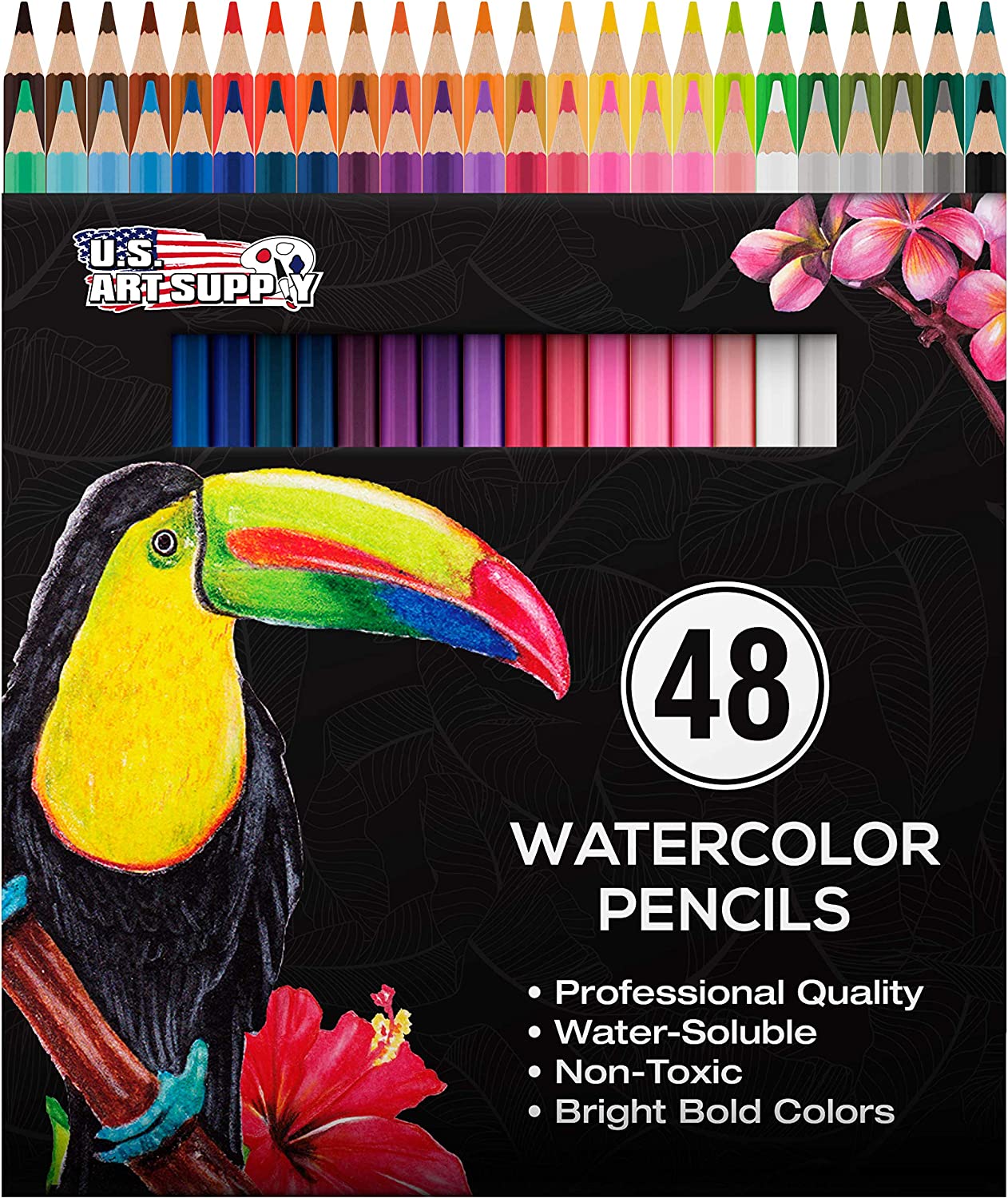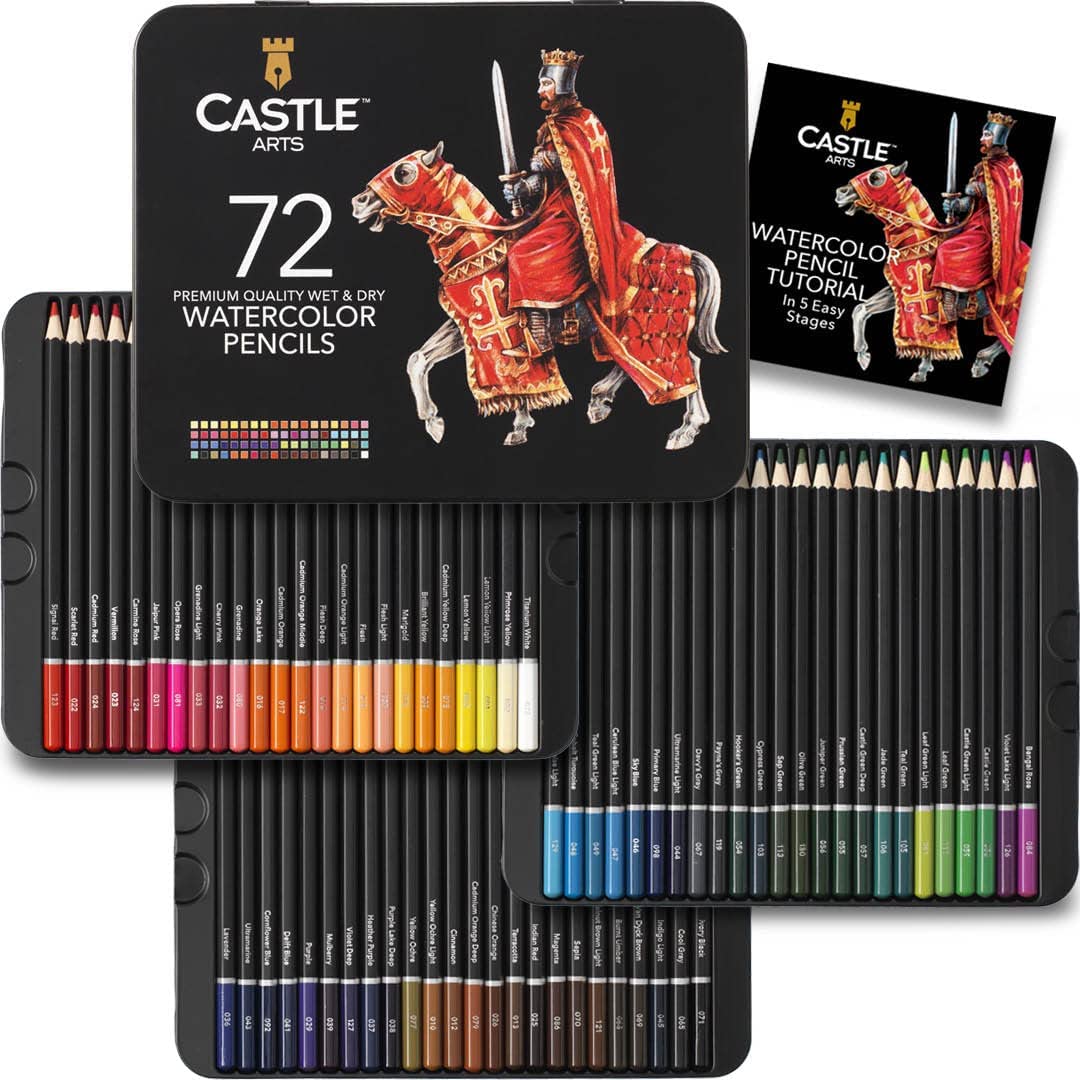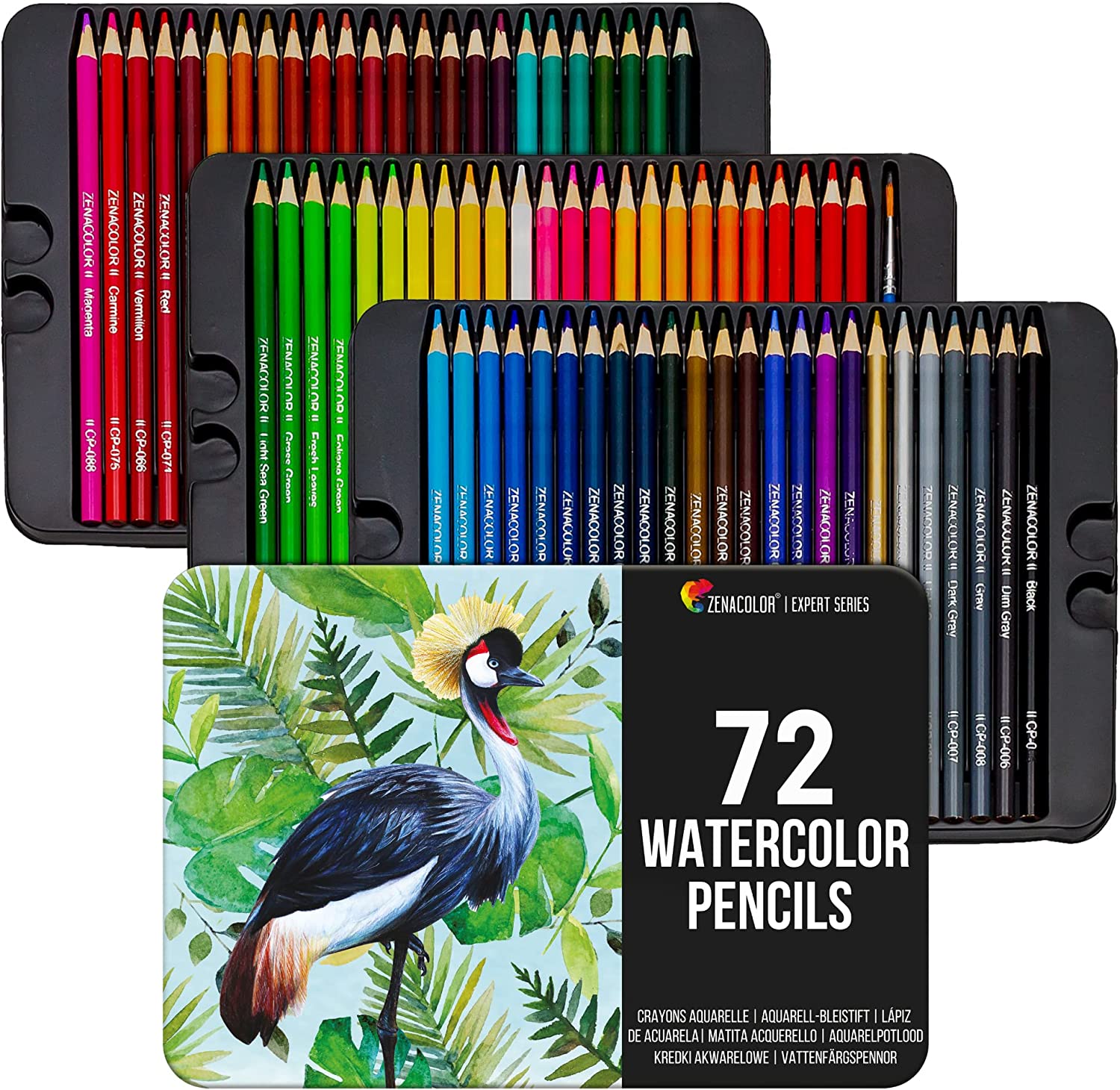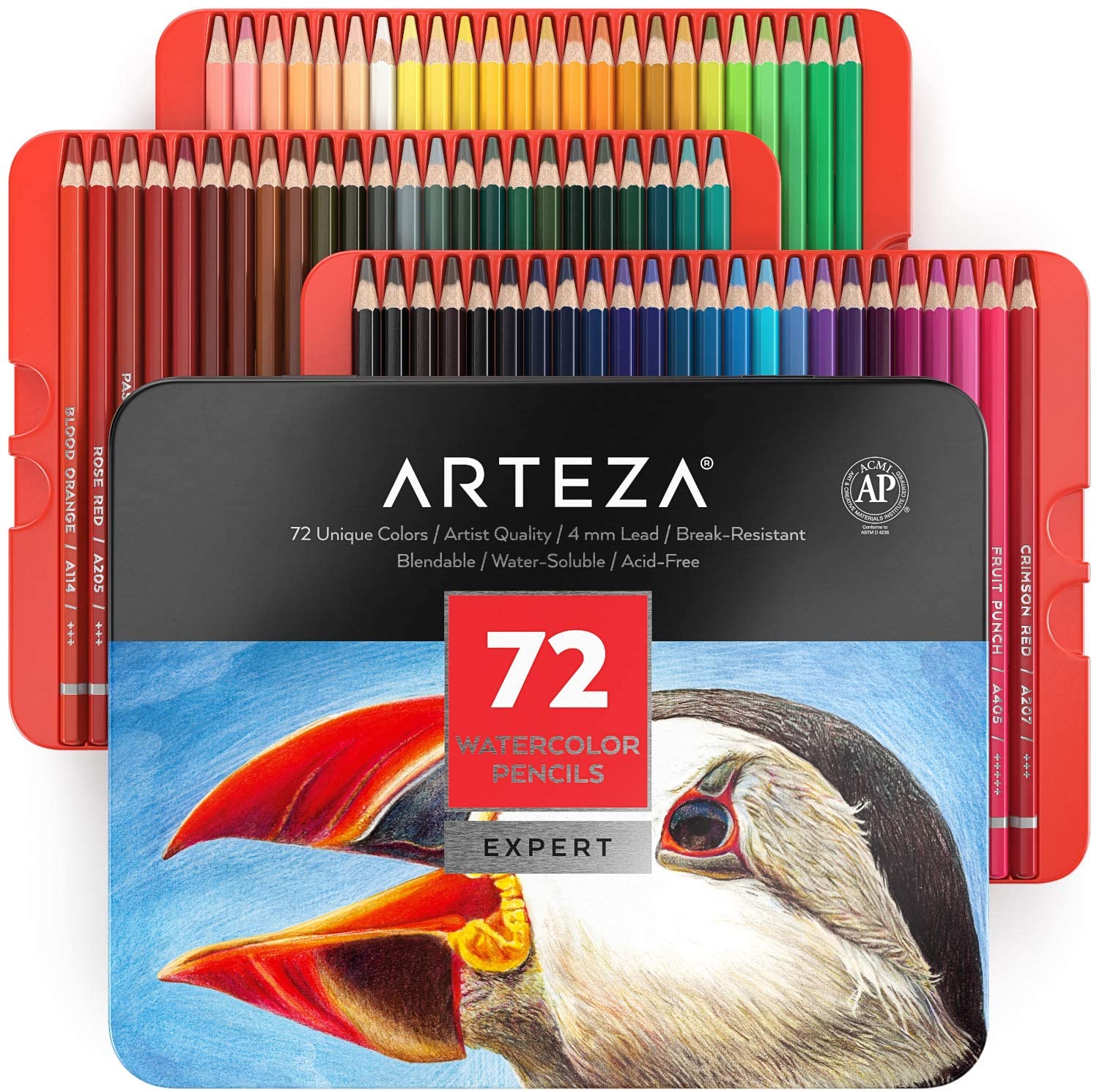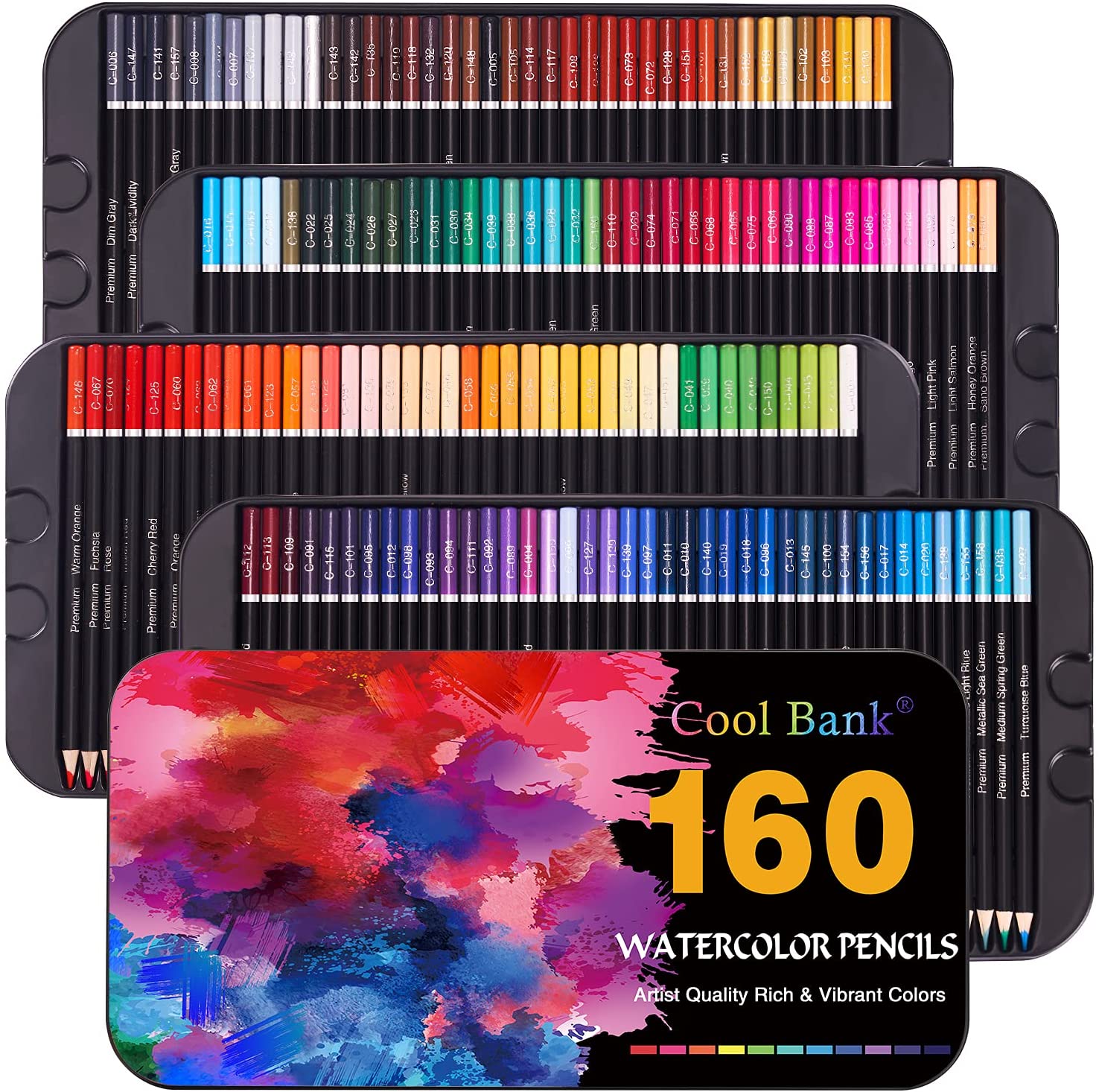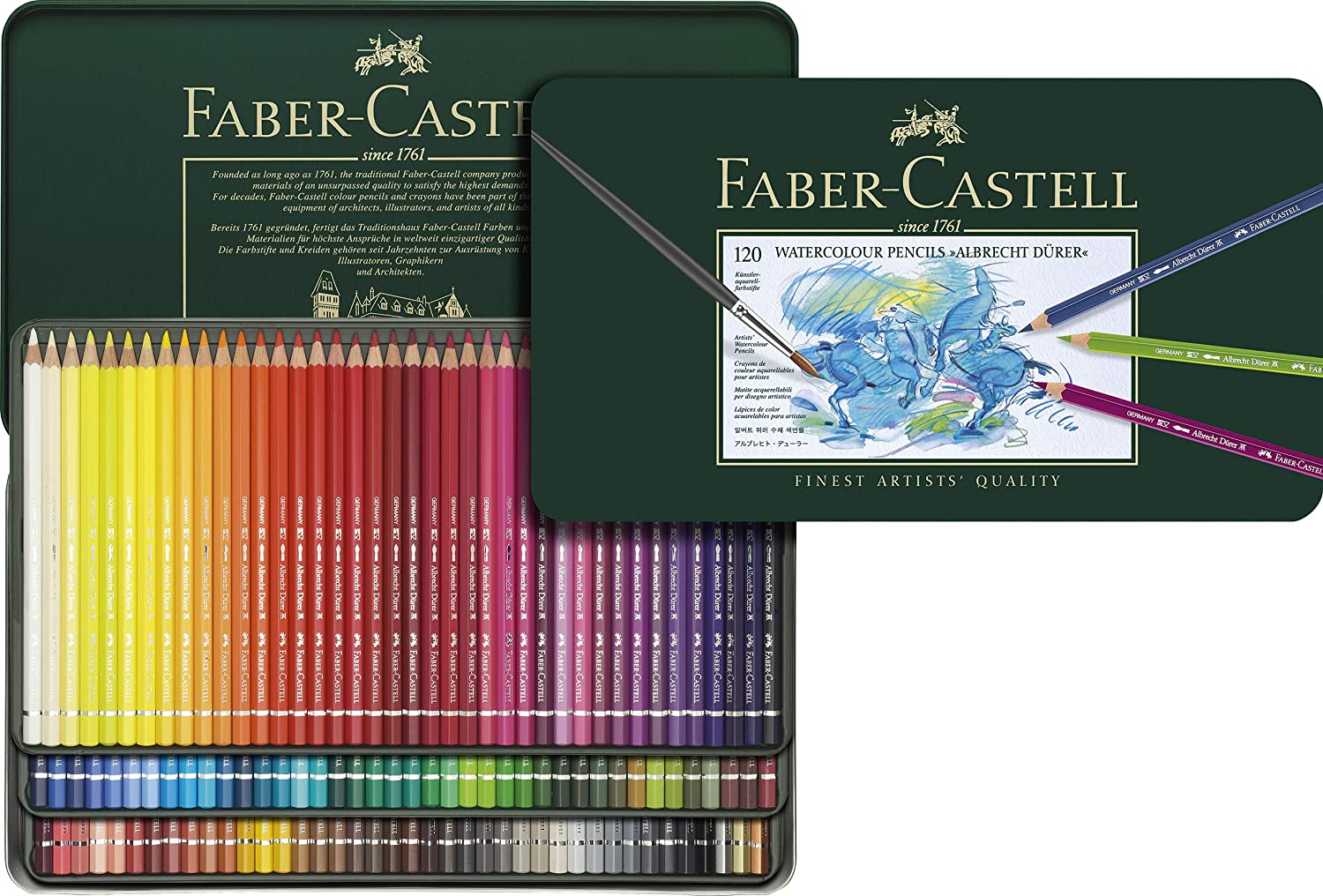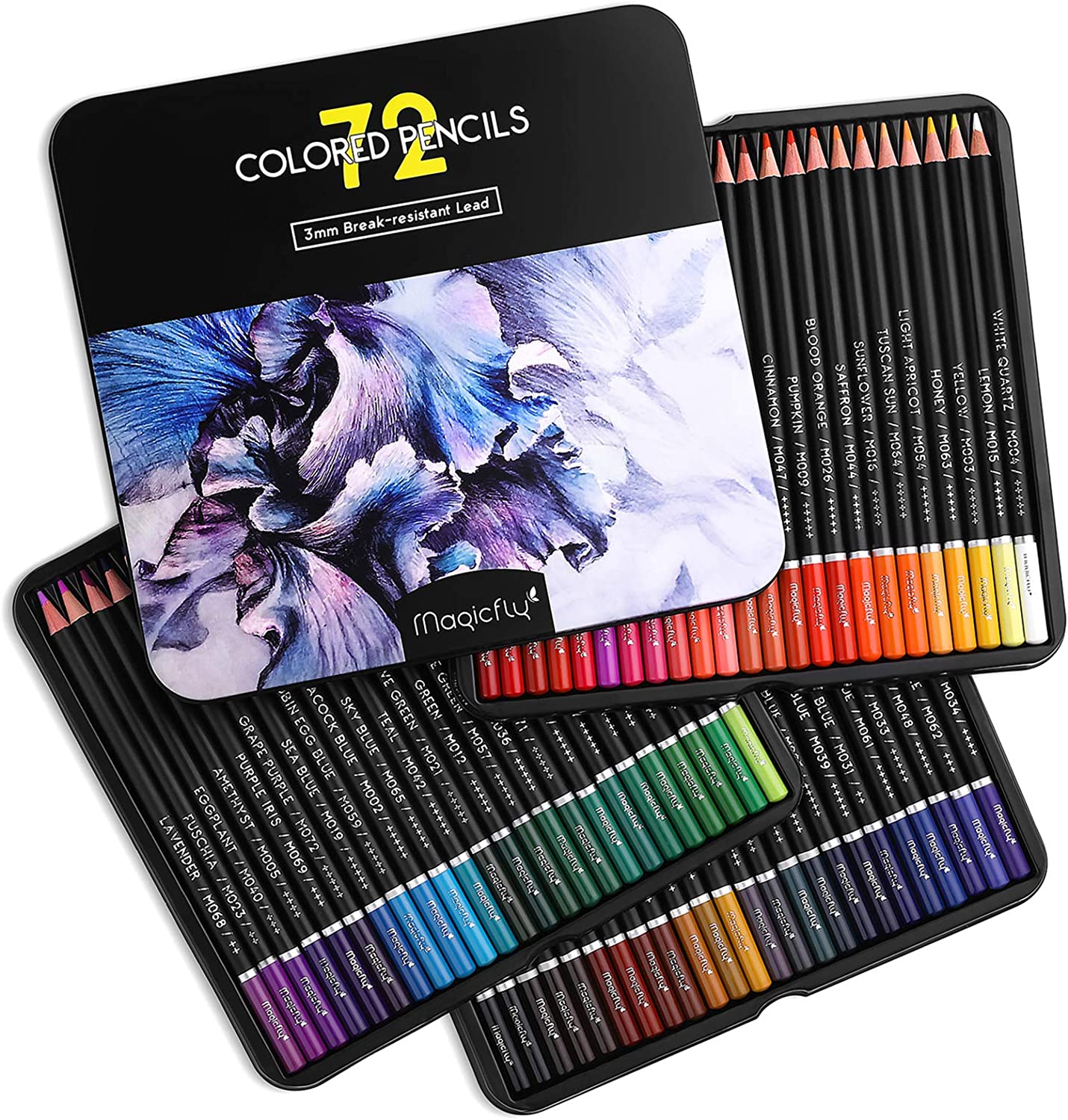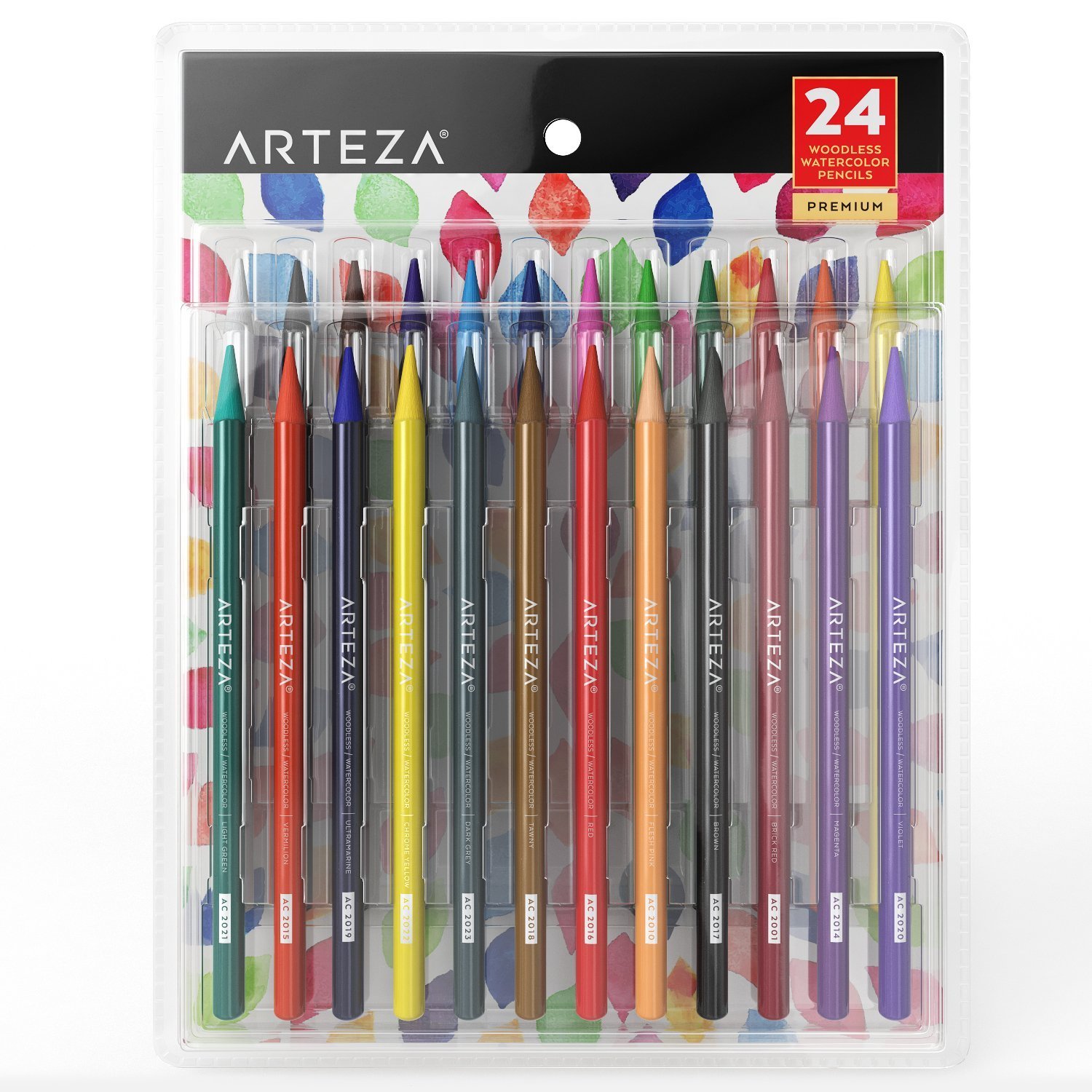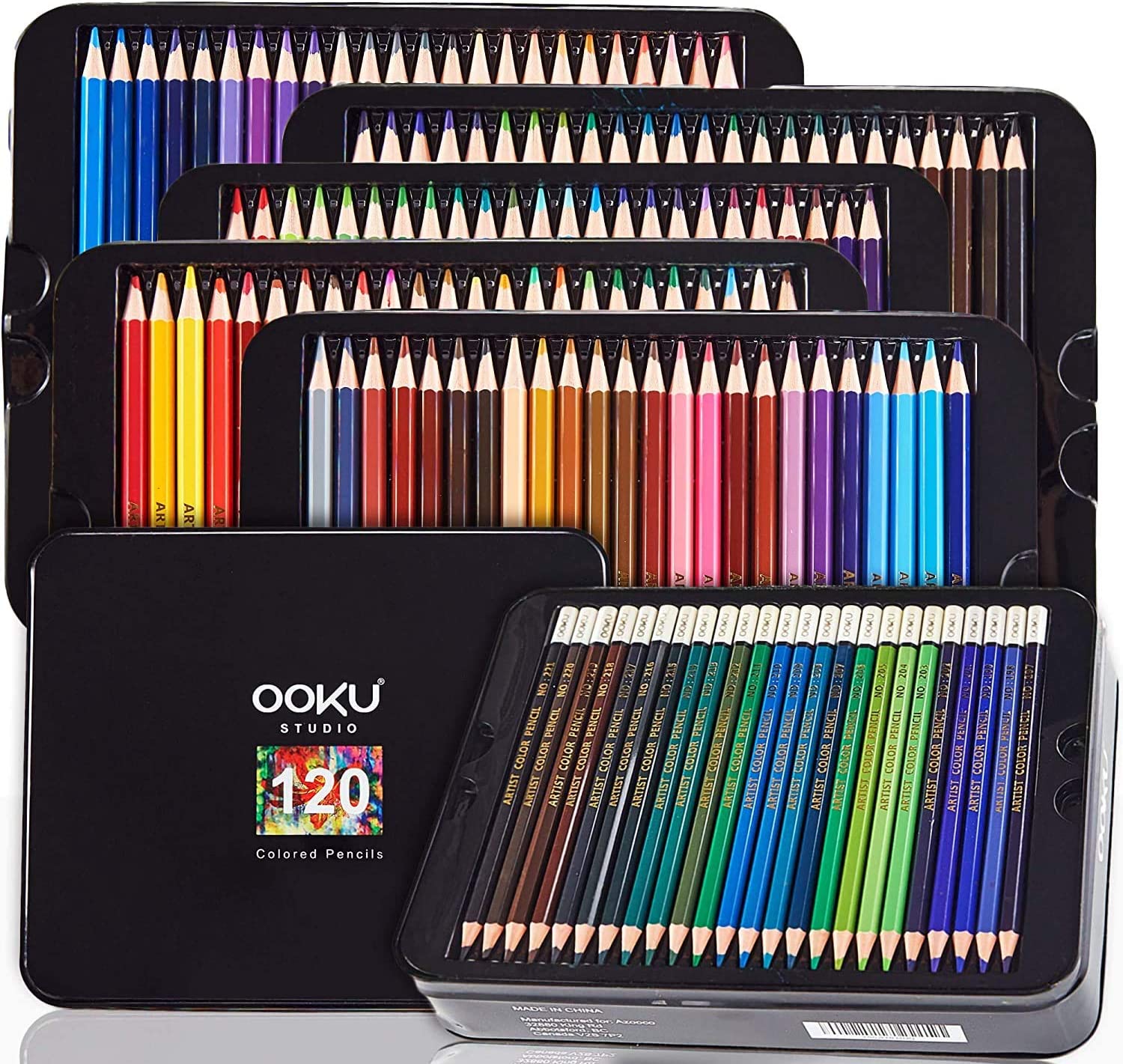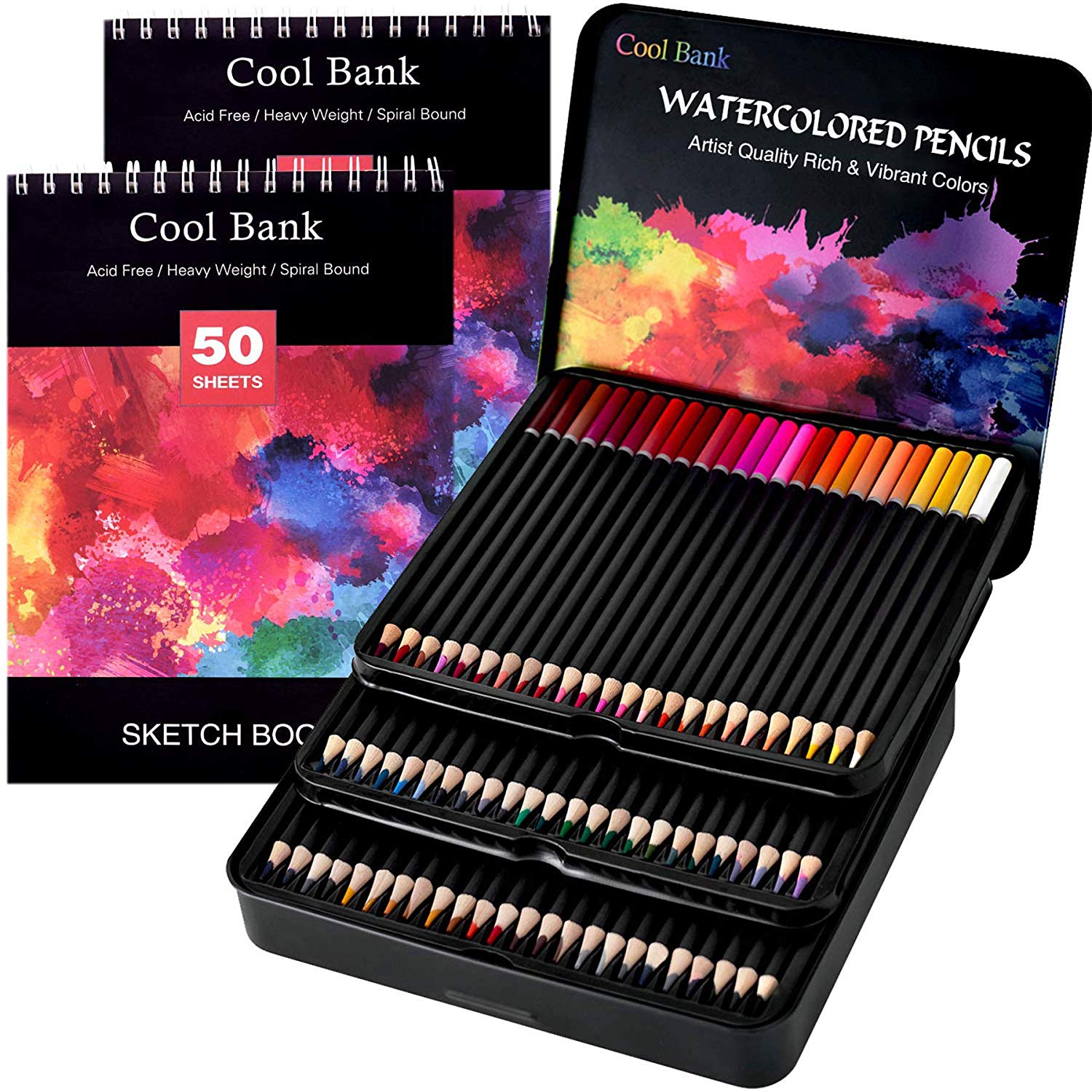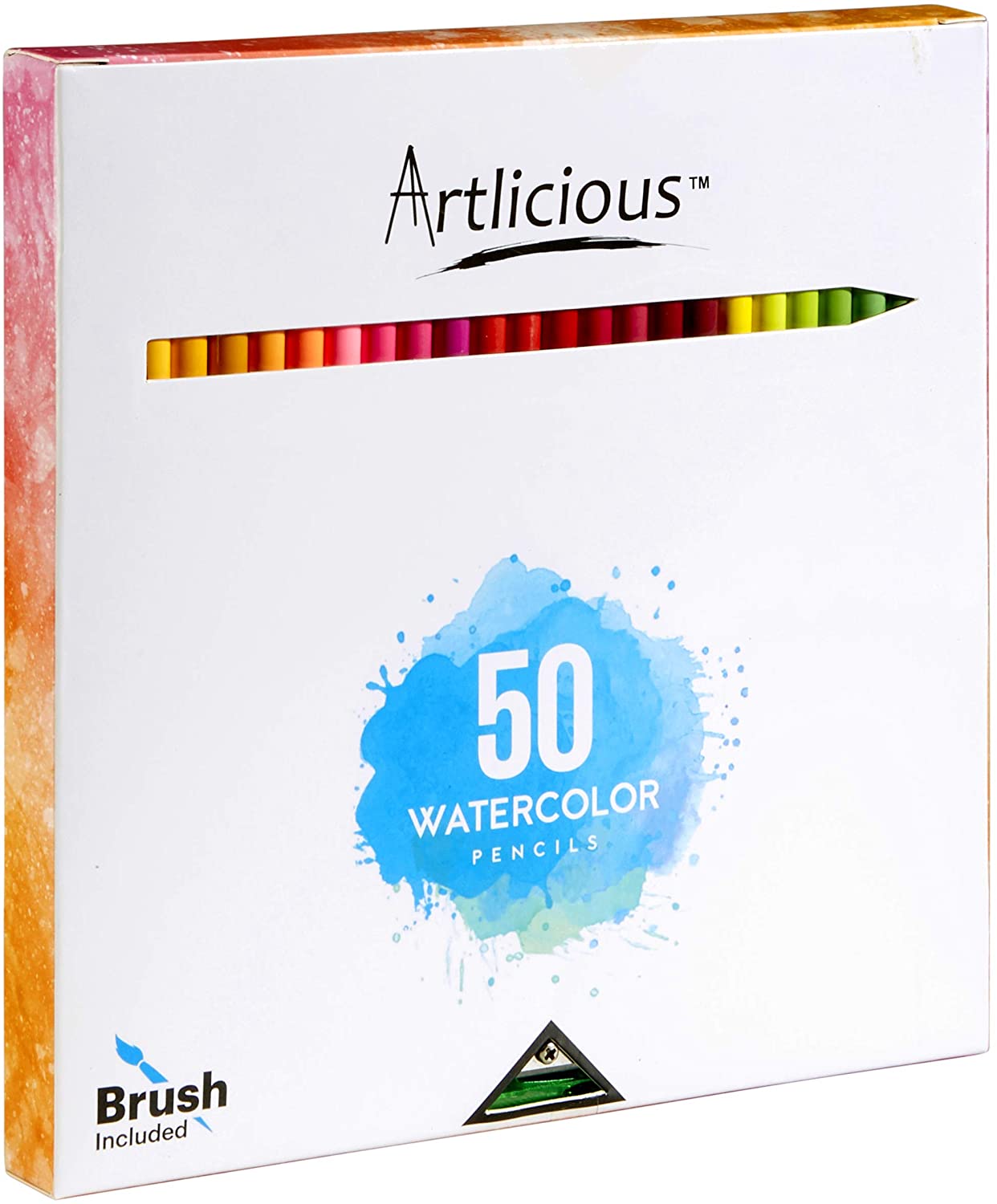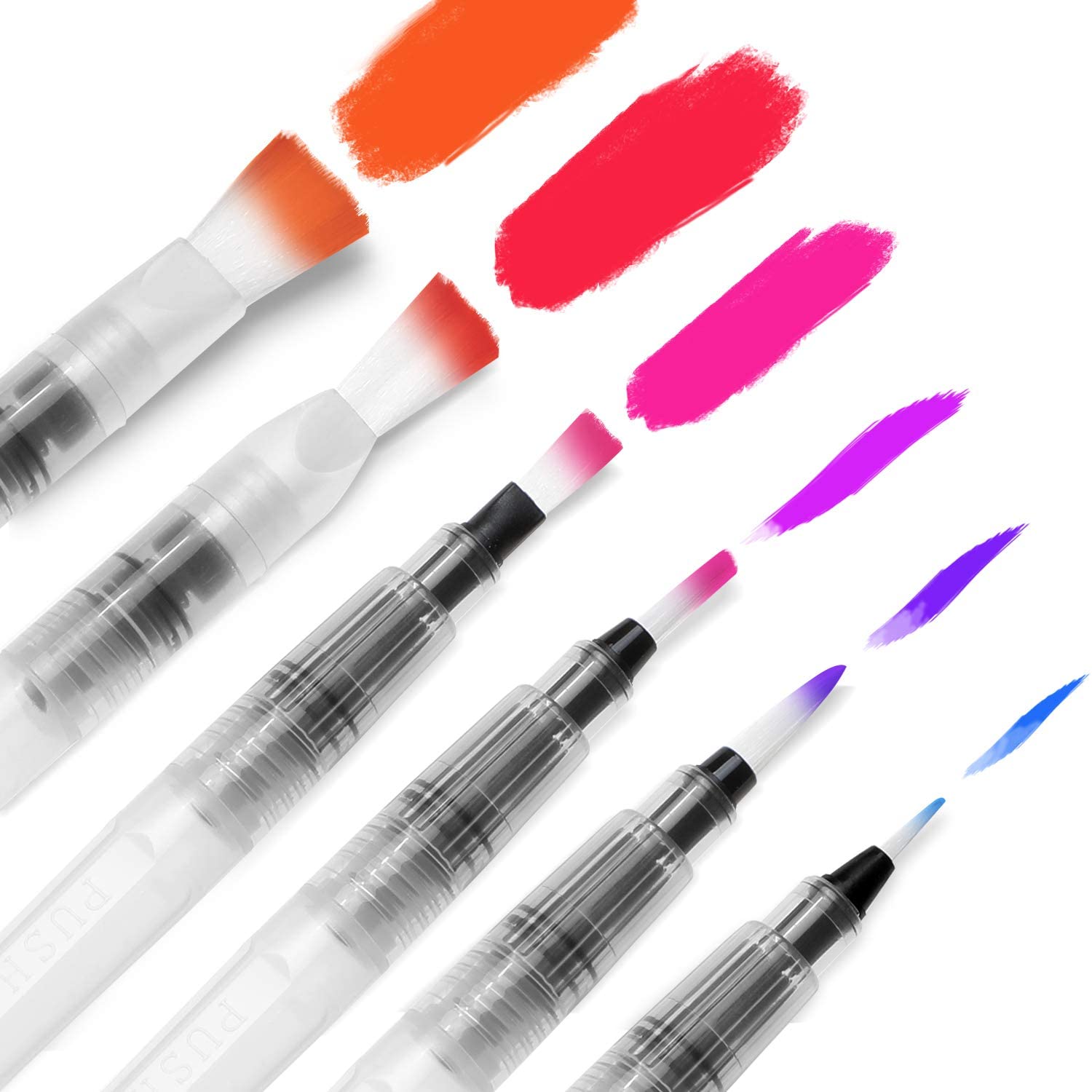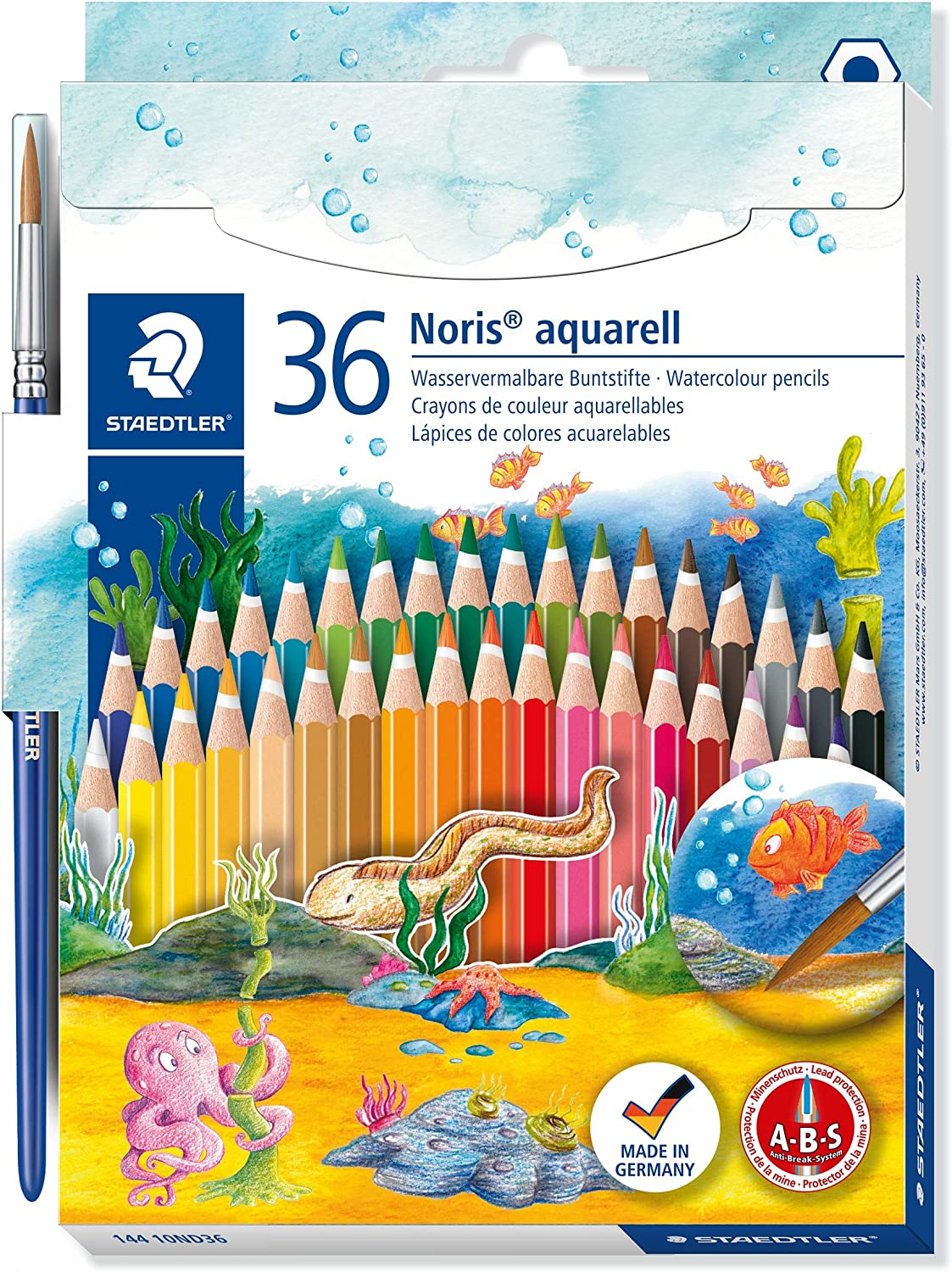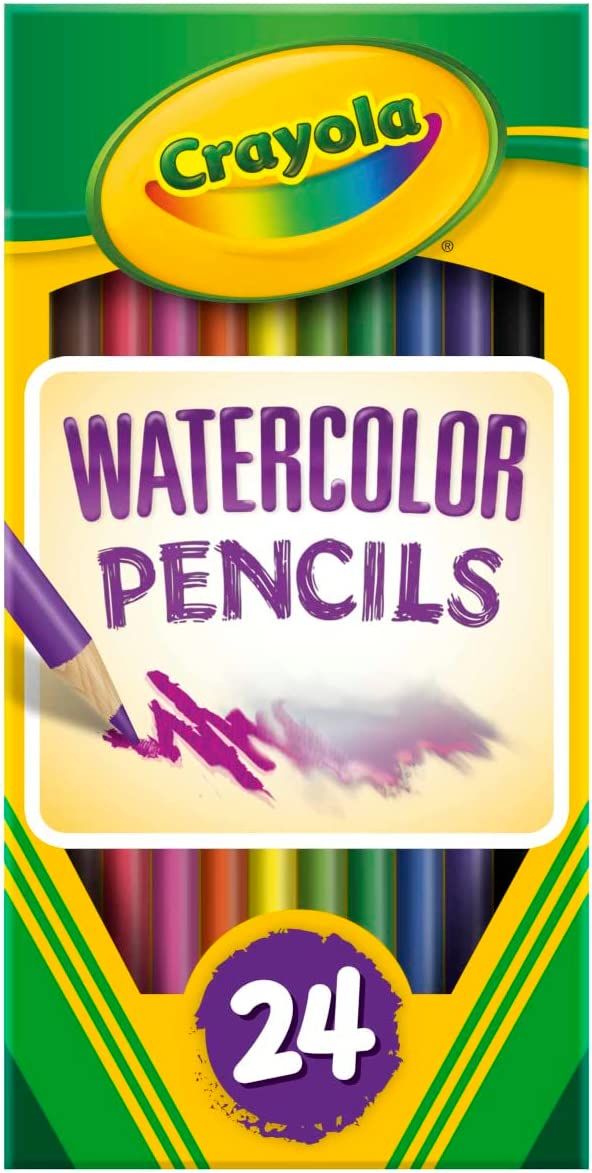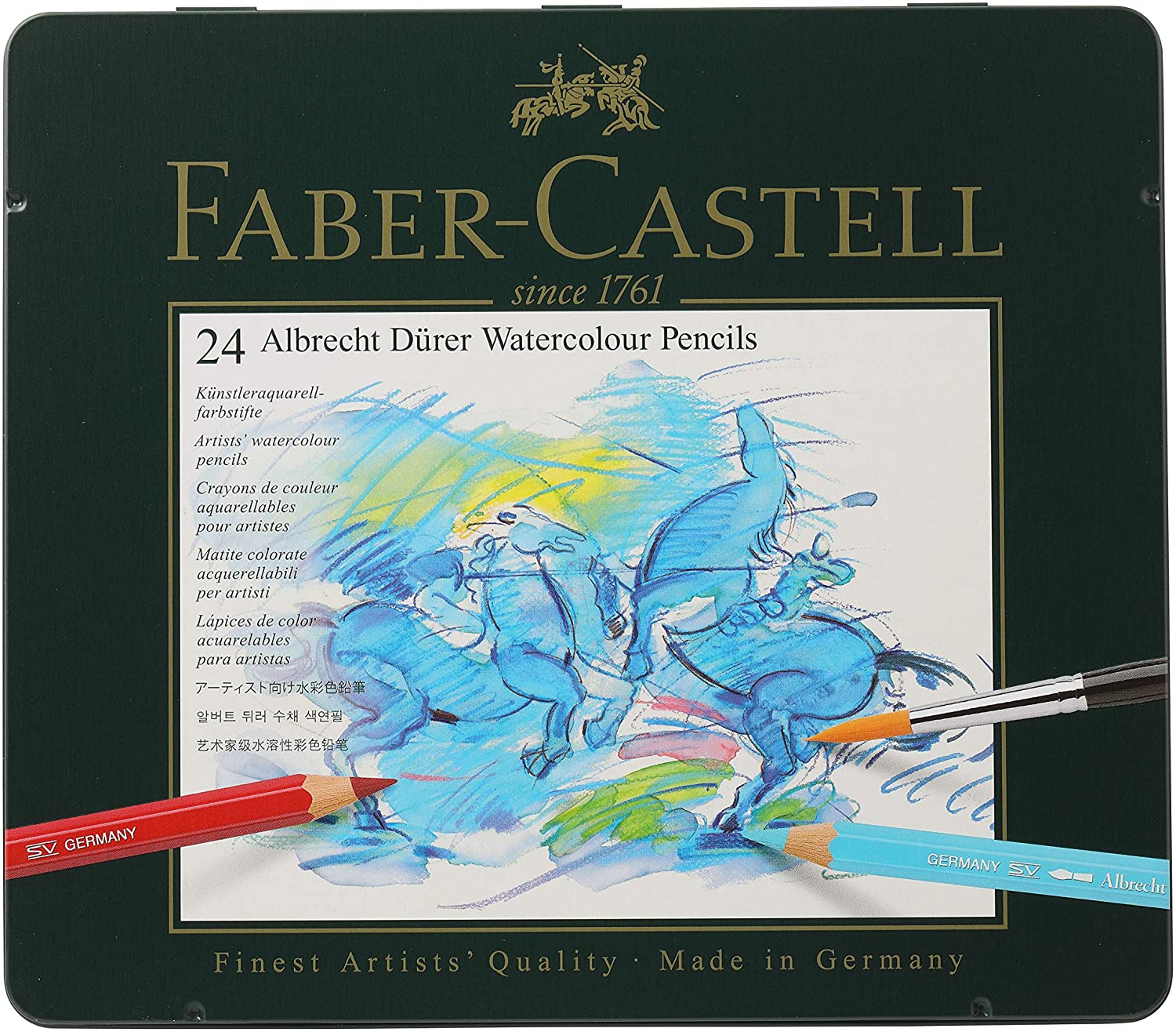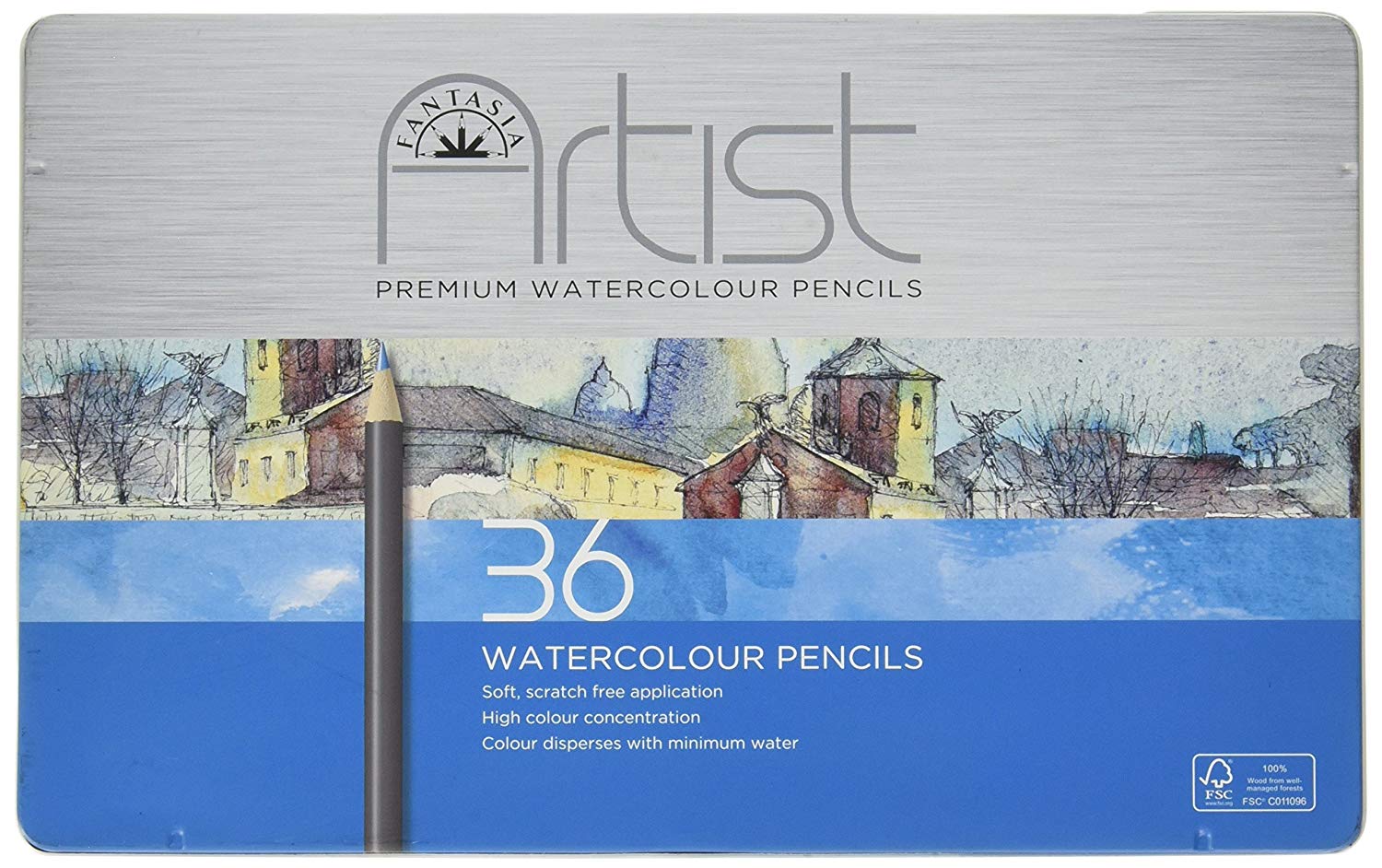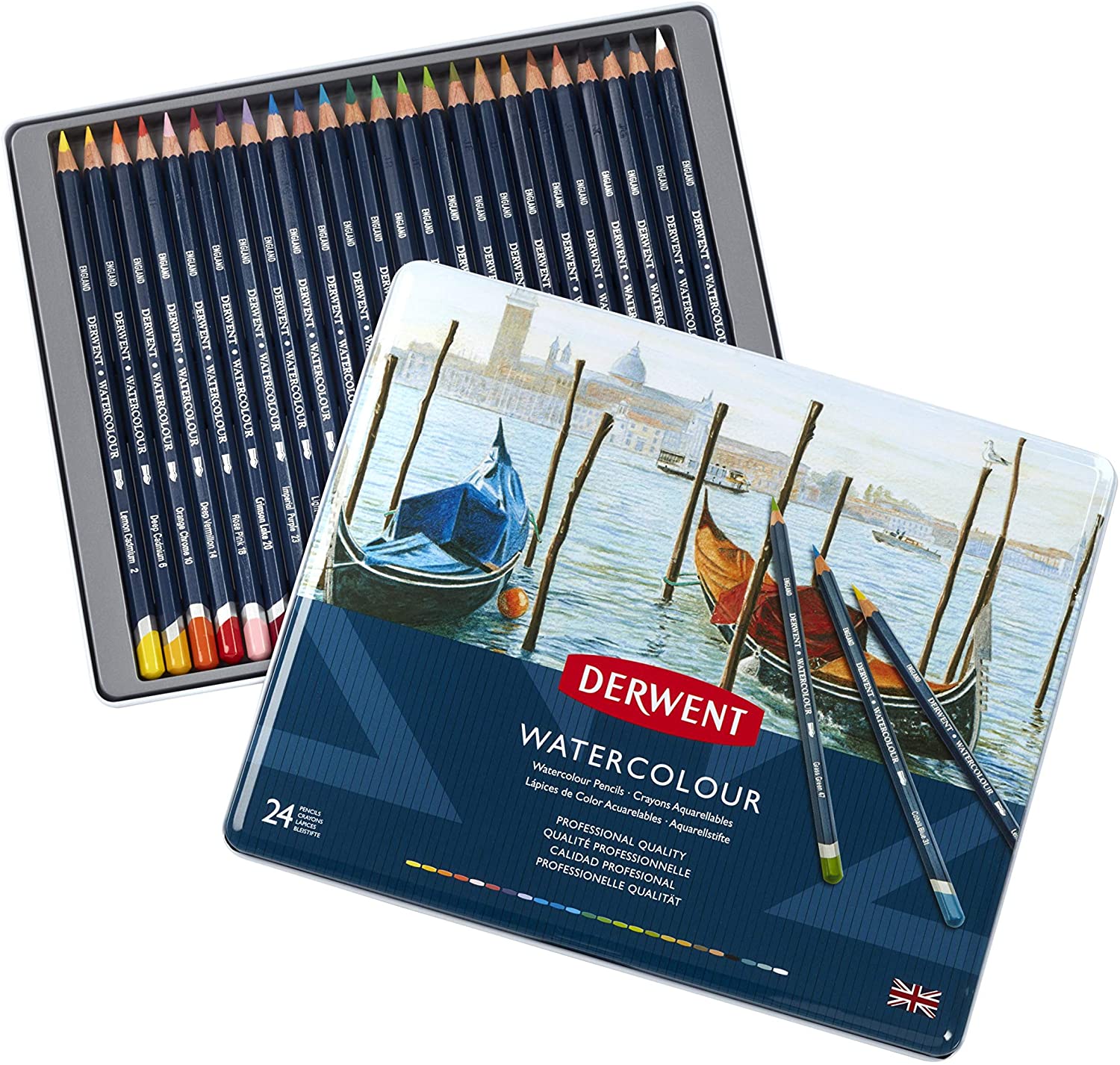U.S. Art Supply Non-Toxic Wood Watercolor Pencils, 48-Count
Last updated: May 9, 2023
Stunning illustrations that are sure to impress are what you can expect from this watercolor pencils set. The set includes a total of 48 pencils, each of which can be used wet or dry. Thanks to the hexagonal shape of these wood pencils, you'll have better control when you draw.
We looked at the top Watercolor Pencils and dug through the reviews from some of the most popular review sites. Through this analysis, we've determined the best Watercolor Pencil you should buy.
Product Details
Key Takeaway: The budget-friendly price tag on these watercolor pencils makes them an excellent gift for the artist in your life.
In our analysis of 24 expert reviews, the U.S. Art Supply Non-Toxic Wood Watercolor Pencils, 48-Count placed 5th when we looked at the top 17 products in the category. For the full ranking, see below.From The Manufacturer
Premium Watercolour Pencils that are produced with carefully selected high-quality pigments. Our pencils can be used for soft, delicate qualities or bold, crisp sharpness. 48-piece set contains: 48 Watercolor Colored Pencils, All with color coordinated barrels matching each color. U.S. Art Supply Watercolor Pencils are perfect for a diverse range of art, from Japanese Manga to vibrant silk painting, traditional watercolors to stunning botanical illustrations. Use Wet or Dry and Colors can be blended together to produce a wide range of tones and shades.
Our Expert Consultant

Artist and art educator
Artist and educator Amy Markham is the creator of Starling, a podcast dedicated to helping artists develop depth in their creative practice. A graduate of Virginia Commonwealth University, Amy has been an art educator since 2001. Today, she teaches middle school art at a school outside of Memphis, Tennessee. Her personal artwork explores myth-making and symbolic understandings. Through her brand, Starling Creative Living, she leads others to explore art production as a method for enriching their life experience.
